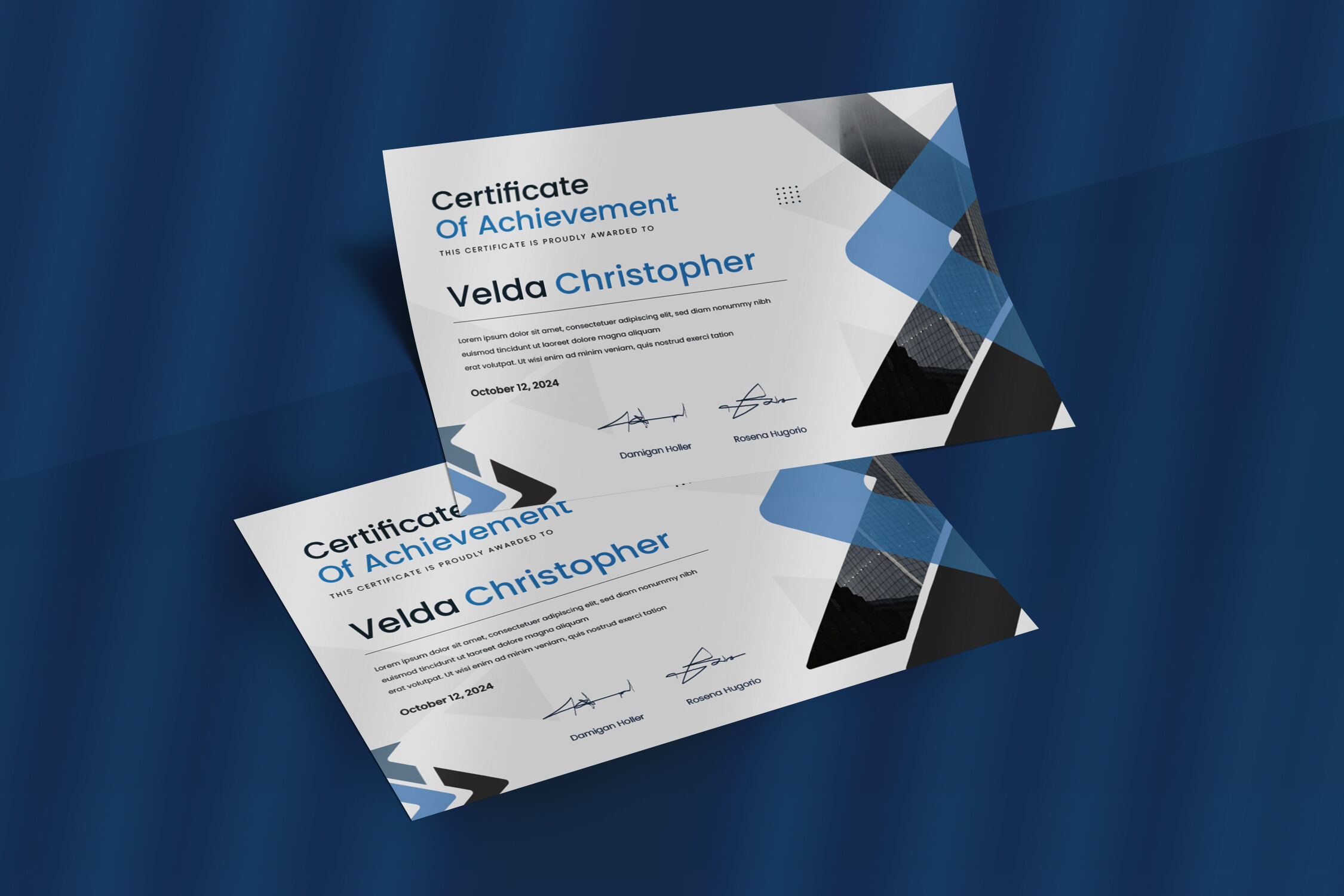Within the current challenging business environment, organizations are continuously looking for methods to boost their quality management systems and improve their efficiency of operations. One proven method to achieve this is by obtaining ISO 9001 certification, a globally acknowledged international standard that sets the foundation for quality management practices. This accreditation not only demonstrates a commitment to upholding superior criteria but also helps organizations streamline their operations, minimize inefficiencies, and boost client contentment.
ISO 9001 accreditation is essential for companies aiming to operate at the highest standard of quality and dependability. By implementing the principles outlined in the ISO 9001 standard, companies can establish a robust quality management system that fosters continuous improvement and accountability. If you are a startup business or a large corporation, recognizing the significance of ISO 9001 accreditation can be a crucial factor in your achievement.
Understanding ISO 9001
ISO 9001 certification is a internationally acknowledged norm that specifies the benchmarks for a quality management system. Organizations that fulfill these standards demonstrate their ability to steadily provide services and offerings that satisfy customer and compliance standards. certifyproinsights is crafted to guarantee that companies boost clientele satisfaction through productive use of their processes and processes.
The heart of ISO 9001 lies in its concentration on constant improvement and client satisfaction. It encourages organizations to take on a procedure-based approach, which involves understanding and managing interconnected processes to obtain targeted outcomes. By implementing this standard, companies can enhance their operations, reduce waste, and improve overall effectiveness.
Obtaining ISO 9001 certification is beyond meeting requirements; it is a commitment to quality that can enhance an organization’s image. It indicates to customers and stakeholders that the organization is committed to upholding high expectations. This certification can also provide a competitive advantage in the industry, as more customers look for suppliers who can prove their commitment to worldwide recognized quality standards.
Benefits of ISO 9001:2015 Standards

One of the main benefits of obtaining ISO 9001 certification is the enhancement of company processes. By following the guidelines set forth in ISO 9001, companies can refine their procedures, maximize efficiency, and minimize waste. This emphasis on improving processes not only leads to financial benefits but also elevates the standard of goods and ultimately leads to higher customer happiness.
Another significant pro of obtaining ISO 9001 certification is the boost of customer belief and faith. When a organization achieves ISO 9001 certification, it exhibits its dedication to ensuring premium standards. This can give customers peace of mind knowing that they are dealing with an institution that puts first dependability and excellence, which can help to create long-term partnerships and nurture allegiance.
ISO 9001 can also provide a leg up in the industry. Many organizations and regulatory bodies prefer their providers to be ISO 9001 certified. By securing this certification, organizations can distinguish from competitors, opening opportunities to new markets and fields. This acknowledgment not only helps in acquiring new clients but can also enhance bonds with existing ones.
Actions to Obtain ISO Certification
Securing ISO 9001 certification includes various critical phases that entities must follow to guarantee alignment with the global norm. The primary action is to grasp the criteria of ISO 9001, which involves familiarizing yourself with the norm and its tenets, such as customer orientation, management, and process approach. This is achievable through training sessions, workshops, or by consulting experts in quality management systems.
The following action is to evaluate your current quality control framework against the ISO 9001 requirements. This requires conducting a deficiency assessment to identify areas that demand improvement. Companies should then create an implementation strategy to resolve these shortcomings, implement essential modifications, and make certain all employees are knowledgeable of the new processes and guidelines in place. Adequate documentation and record-keeping are vital at this stage to demonstrate adherence and monitor progress.
In conclusion, after preparing and implementing the quality assurance framework, the entity can submit to a compliance audit. This review is conducted by a recognized certification body that will assess the effectiveness and conformance of your process with ISO 9001 standards. If the organization satisfies all the criteria, the certification is issued. Ongoing tracking and in-house inspections should then be executed to ensure conformity and promote continual progress within the entity.
